Entrepreneur Uses New Technology to Boost Development of Yao-Style Embroideries
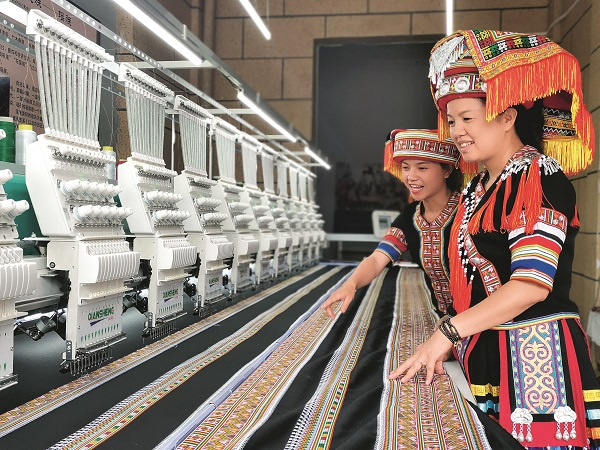 |
Li Sufang, Chairperson and designer of Guangxi Guoshan Yaojia Cultural and Creative Development Co., Ltd. (in Babu, a district in Hezhou, a city in South China's Guangxi Zhuang Autonomous Region), has scored great achievements in promoting the development of Yao-style embroideries during the past decade. Last summer, the Yaos' Costumes and Adornments Culture Center (established by Li in Babu) bought a machine, and that machine's embroidering speed is more than 100 times that of an average craftswoman.
In 1979, Li was born into a family of craftspeople in Babu. She began learning, from her mother, how to make embroideries at an early age.
In 2006, China added the craft of making traditional Yao clothing and adornments to the list of the country's items of intangible cultural heritage. That inspired Li to establish an enterprise, so she could do her bit to revive the Yaos' traditional clothing and adornments (in her hometown) . In 2007, Li returned home, after having worked in Hangzhou (capital of East China's Zhejiang Province) for seven years. She and her husband, Liu Degan, established two studios (in Babu), in which they make traditional Yao clothing and adornments.
"We should try our best to preserve the Yaos' traditional clothes and adornments, which is the root of our ethnic culture. As Chinese society has progressed over the years, great changes have taken place in Chinese people's aesthetic tastes, social customs and lifestyles. To cater to the aesthetic tastes of modern people, we have added modern, fashionable elements to our clothes and adornments. That, in turn, has boosted the development of the traditional crafts," says Li.
The marvelous embroidered patterns on traditional Yao clothing and adornments have been passed down from generation to generation, Li adds, and each pattern has a meaning, which is the root of Yao culture. "To meet the needs of young people, I have changed the materials and/or colors of the clothes and adornments. I have also led my employees in making various daily necessities, including women's bags and accessories," says Li.
In 2016, she established a base for inheriting traditional Yao clothing and adornments. Given the sound development of her enterprise, Li has been able to employ many women to work for the company. That has helped many families solve their financial difficulties. The company collects the embroideries and traditional Yao clothing and adornments created by the women, and then processes the items before selling them. Given the use of the high-tech embroidery machine, and improvements in the clothes and adornments' designs, the company has seen a substantial rise in productivity, and a reduction in the cost of producing the items.
Given Li and her employees' efforts to promote traditional Yao clothing and adornments, the items have become popular throughout China. During each festival or holiday, it is common to see Yao youth in splendid attire for the festive occasion.
"Since I established my shop (in Babu) … all brides and bridegrooms (in our village) have taken a fancy to wearing their traditional costumes and adornments during their wedding ceremonies. Before that, one could hardly see a villager in splendid traditional clothes, as the villagers could neither find a store selling such 'luxury items,' nor make the clothes themselves. Now, almost all of the families (in our village) have the costumes and adornments," says Li.
To promote development of the traditional craft, Li during the past several years has led her employees in designing fashionable Yao clothing and adornments, decorated with various embroidered patterns. Given the items' beautiful patterns and exquisite workmanship, numerous people, from around the world, have been fascinated by the clothing and adornments created by the company. The products have sold well in many countries, including France and the United States. In recognition of her outstanding contributions to the traditional craft's promotion, globally, Li has been named a senior craftswoman (in Guangxi) and a Hezhou municipal-level inheritor of traditional Yao clothing and adornments.
During the past few years, Li has also led her employees in developing various health-care products. For example, they have created various electric-heating products (including pillows, eye masks, kneepads, and waist and neck-protectors), which are filled with Yao medicine and decorated with various embroidered patterns.
Given the sound development of Li's company, more than 600 job opportunities have been created for impoverished residents and migrant workers, who have returned home to seek employment. Many residents and workers have earned a considerable profit from their embroideries. Li vows to make greater efforts to lead her employees in creating more products that highlight the Yaos' cultural elements.
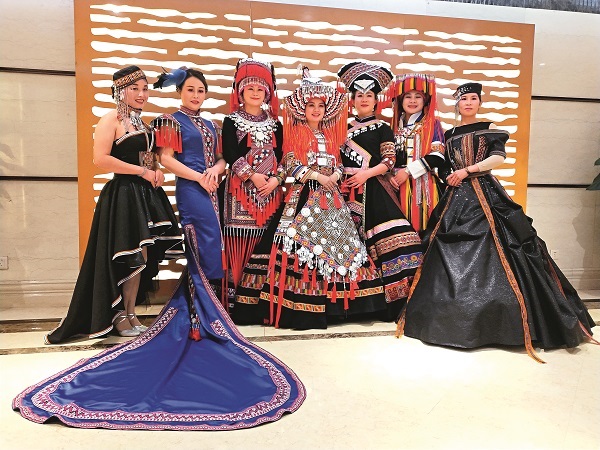 |
Photos Supplied by the Interviewee
(Women of China English Monthly January 2022 issue)
Please understand that womenofchina.cn,a non-profit, information-communication website, cannot reach every writer before using articles and images. For copyright issues, please contact us by emailing: website@womenofchina.cn. The articles published and opinions expressed on this website represent the opinions of writers and are not necessarily shared by womenofchina.cn.

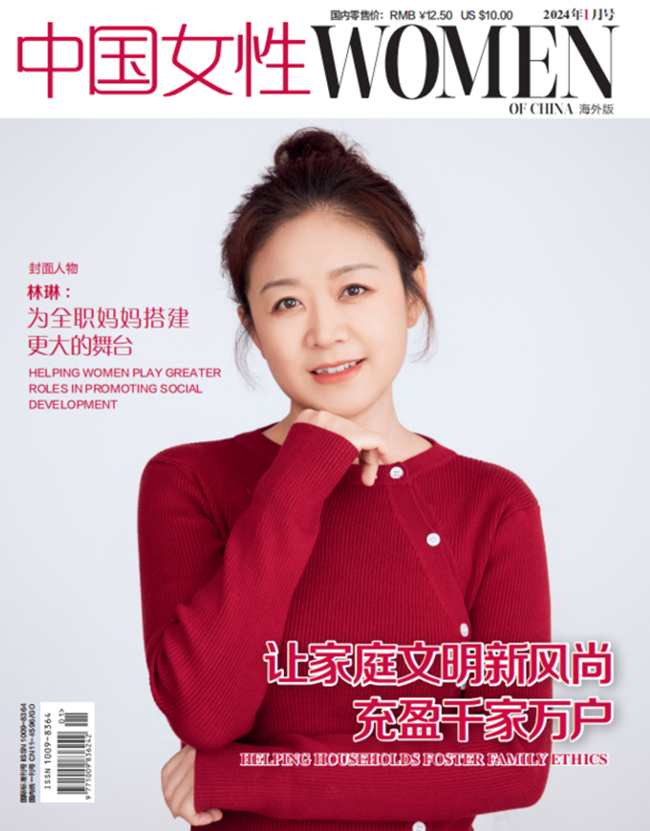
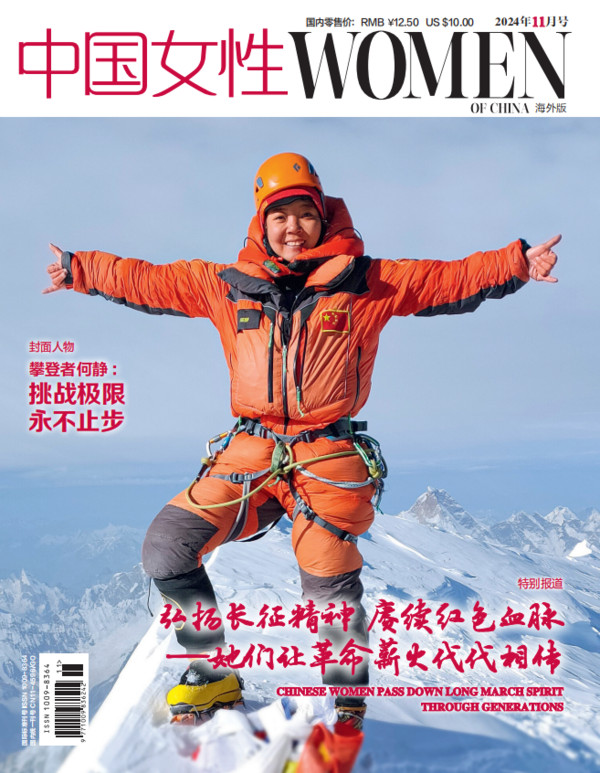

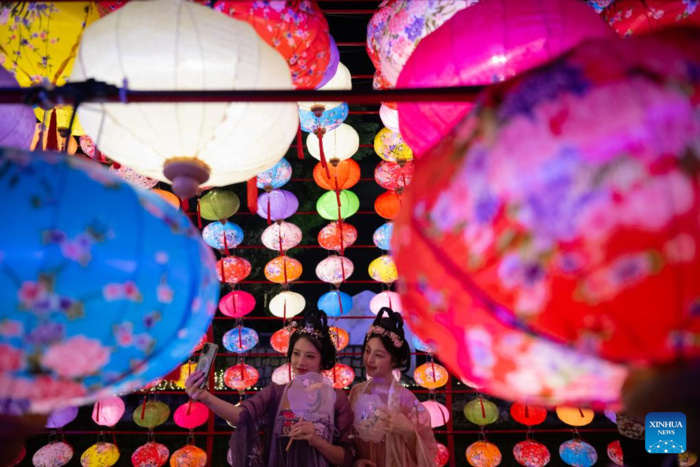

.jpg)

 WeChat
WeChat Weibo
Weibo 京公网安备 11010102004314号
京公网安备 11010102004314号